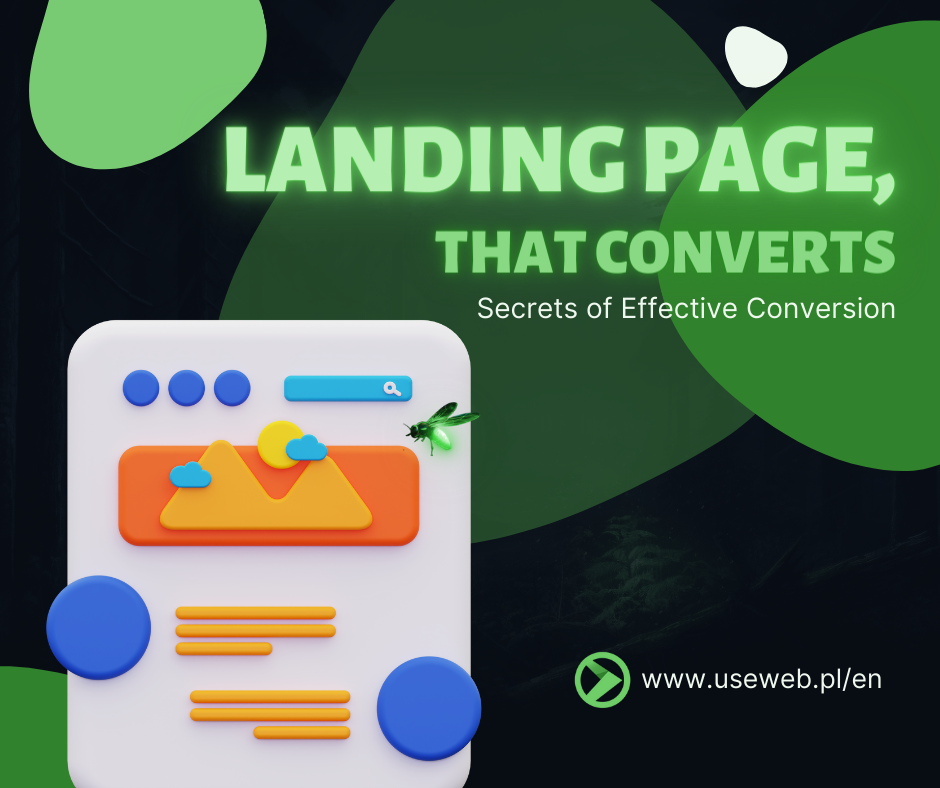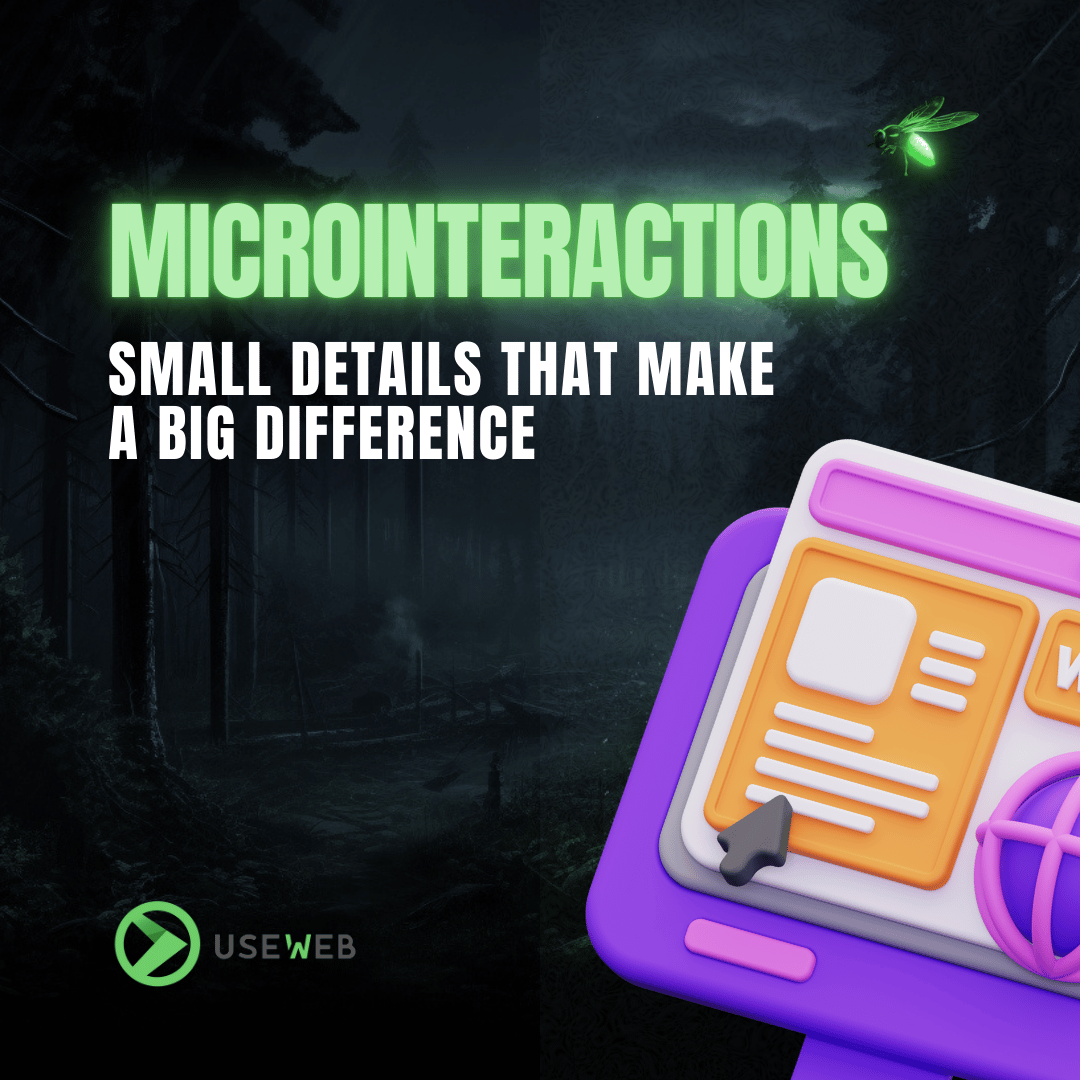Introduction
As society ages, the number of older adults regularly using the internet is increasing. It’s important to understand that seniors may have different needs and challenges when it comes to using technology. Therefore, creating websites that are friendly to this group of users is becoming increasingly important. In this article, we’ll discuss how to design websites that are accessible, intuitive, and comfortable for older adults.
Improve Content Readability
Why is it important?
Vision often deteriorates with age, making it difficult to read smaller or less contrasting text. Enhancing readability is crucial to ensuring that seniors can comfortably use your website.
How to achieve it?
- Use larger fonts: It’s recommended to use fonts that are at least 16-18 points in size to make text easier to read.
- High contrast colors: Ensure a high contrast between text and background (e.g., dark text on a light background) to improve readability.
- Simple fonts: Avoid decorative and complex fonts. Sans-serif fonts like Arial or Verdana are more readable.
Intuitive and Simple Navigation
Why is it important?
Seniors may struggle with navigating complex websites. Simple and intuitive navigation is key to providing a positive user experience.
How to achieve it?
- Simple menu layout: Ensure that the main navigation menu is visible and easy to understand. Limit the number of options in the menu to the most important categories.
- Large buttons: Use large, easy-to-click buttons to facilitate interaction with website elements.
- Clear links: Make sure links are clearly marked and sized appropriately, so they’re easy to click.
Responsiveness and Mobility
Why is it important?
More and more seniors are using mobile devices, such as smartphones and tablets, to browse the internet. Your website needs to be responsive and adaptable to different devices to be comfortable to use on any screen.
How to achieve it?
- Responsive design: Ensure that your website automatically adapts to different screen resolutions, making it easy to navigate on both computers and mobile devices.
- Easy zoom: Allow users to easily zoom in on text and images, which can be helpful on smaller screens.
User-Friendly Forms and Text Fields
Why is it important?
Filling out forms can be challenging for seniors, especially if they are too complex or contain many fields.
How to achieve it?
- Limit the number of fields: Reduce the number of form fields to the absolute minimum.
- Clear labels: Make sure each form field is clearly labeled and easy to understand.
- Autocomplete: Use autocomplete features where possible to make filling out forms easier.
Ensure Accessibility
Why is it important?
Accessibility is crucial to ensure that all users, including seniors with various limitations, can use your website. It’s not only a best practice but also a compliance requirement with web accessibility standards.
How to achieve it?
- Alt text for images: Use alternative text (alt text) for images so that users with screen readers can understand the content of the images.
- Keyboard navigation: Ensure that all website functions are accessible via the keyboard, not just the mouse.
- Accessibility testing: Regularly test your site for accessibility using tools like WAVE or Lighthouse.
Clear Language and Content
Why is it important?
Seniors may prefer simpler and more understandable language. Using overly complex language or technical jargon can be discouraging.
How to achieve it?
- Use simple language: Write in a straightforward and understandable manner, avoiding technical jargon.
- Short paragraphs: Break content into short paragraphs to make it easier to digest.
- Visual aids: Use graphics and icons to help clarify content.
Conclusion
Creating websites that are friendly to seniors is a challenge that requires considering various aspects related to accessibility, intuitiveness, and ease of use. By improving content readability, simplifying navigation, ensuring responsiveness, and adapting forms and content, you can significantly enhance the experience of older users. Such a site will not only be more accessible but also more effective in reaching a broader audience.






